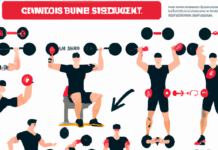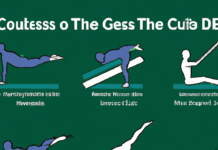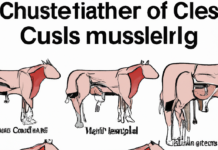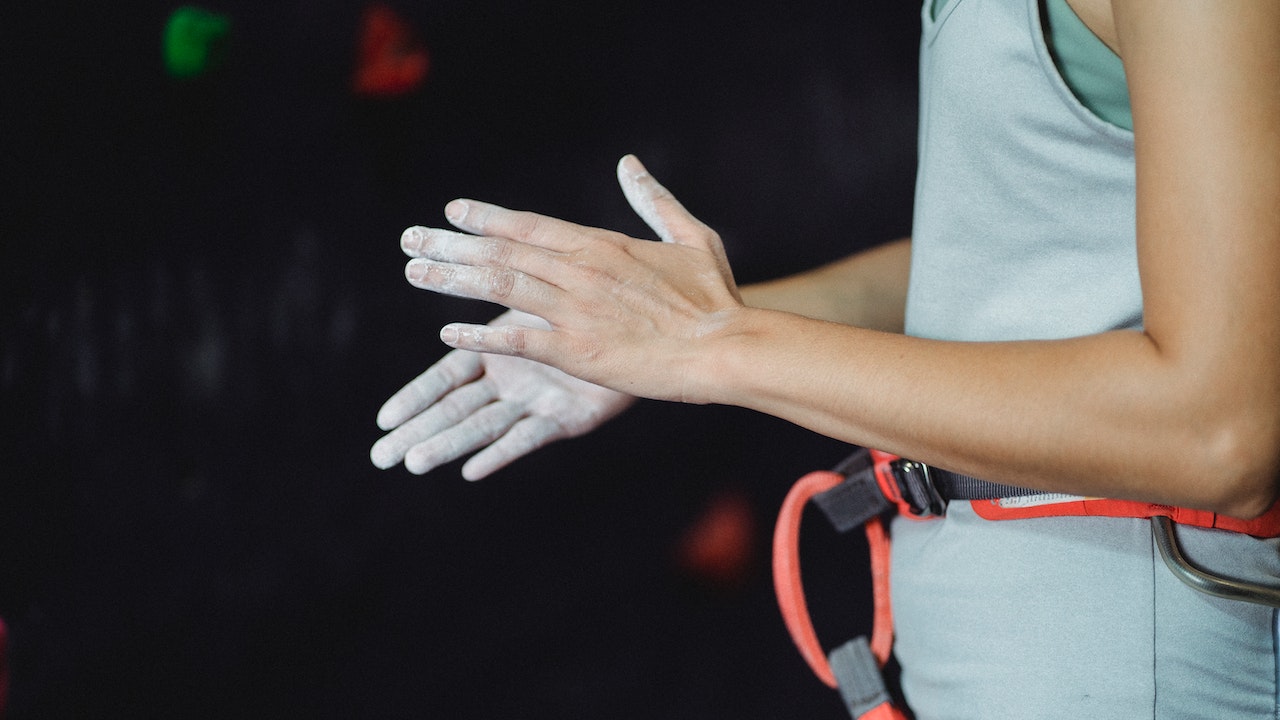The trapezius muscle is one of the largest muscles in the upper body and plays a crucial role in shoulder and neck movements. If you frequently experience tightness or pain in your upper back or shoulders, it’s likely that your trapezius muscle is involved. In this blog post, we will discuss the trapezius muscle, its functions, and some tips on how to prevent and alleviate trapezius muscle pain.
The trapezius muscle is a triangular-shaped muscle that extends from the base of the skull down to the middle of the back and out to the shoulders. It is divided into three parts: the upper, middle, and lower trapezius. The upper trapezius is responsible for shrugging the shoulders and tilting the head to the side, while the middle and lower trapezius help with other movements of the shoulder blades.
When the trapezius muscle becomes tight or strained, it can cause a range of issues such as shoulder and neck pain, headaches, and limited range of motion in the shoulders. Poor posture, overuse of the muscles, and stress are common factors that can contribute to trapezius muscle pain.
To prevent trapezius muscle pain, it is important to practice good posture while sitting, standing, and walking. Avoid slouching and ensure that your work station is ergonomically set up to support your back and shoulders. Taking frequent breaks to stretch and move around can also help prevent muscle stiffness and tension.
If you are already experiencing trapezius muscle pain, there are several methods you can try to alleviate the discomfort. Applying ice or heat to the affected area, gentle stretching exercises, and massage therapy can all help to relieve muscle tension and promote relaxation in the trapezius muscle.
In more severe cases of trapezius muscle pain, it may be necessary to seek professional help from a physical therapist or chiropractor. They can provide targeted treatments such as manual therapy, exercises, and other modalities to address the root cause of the pain and restore proper function to the trapezius muscle.
In conclusion, the trapezius muscle plays a critical role in shoulder and neck movements, and it is important to take care of this muscle to prevent pain and discomfort. By practicing good posture, regular stretching, and seeking professional help when needed, you can keep your trapezius muscle healthy and functioning properly. Don’t wait until the pain becomes unbearable – start taking care of your trapezius muscle today!








